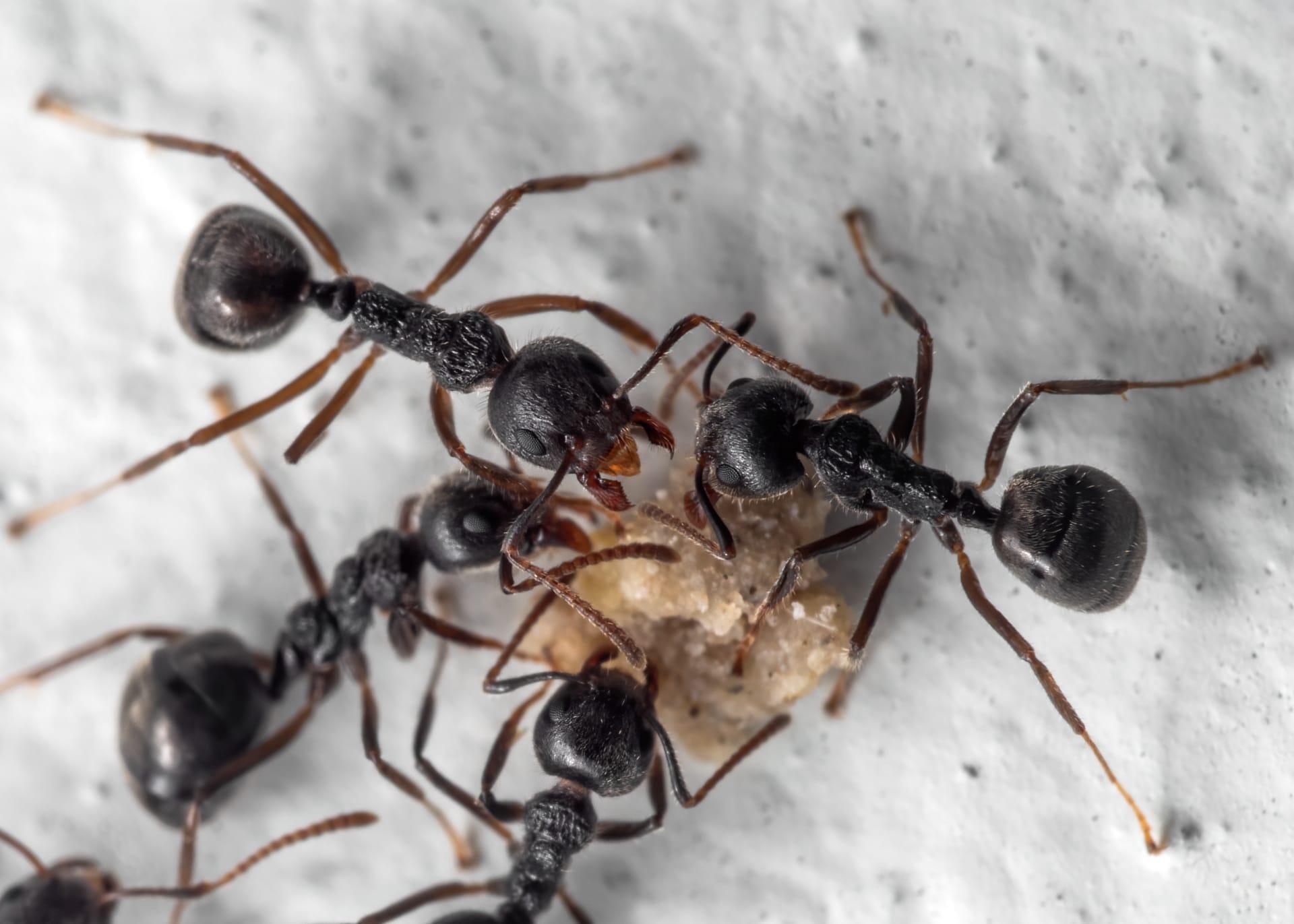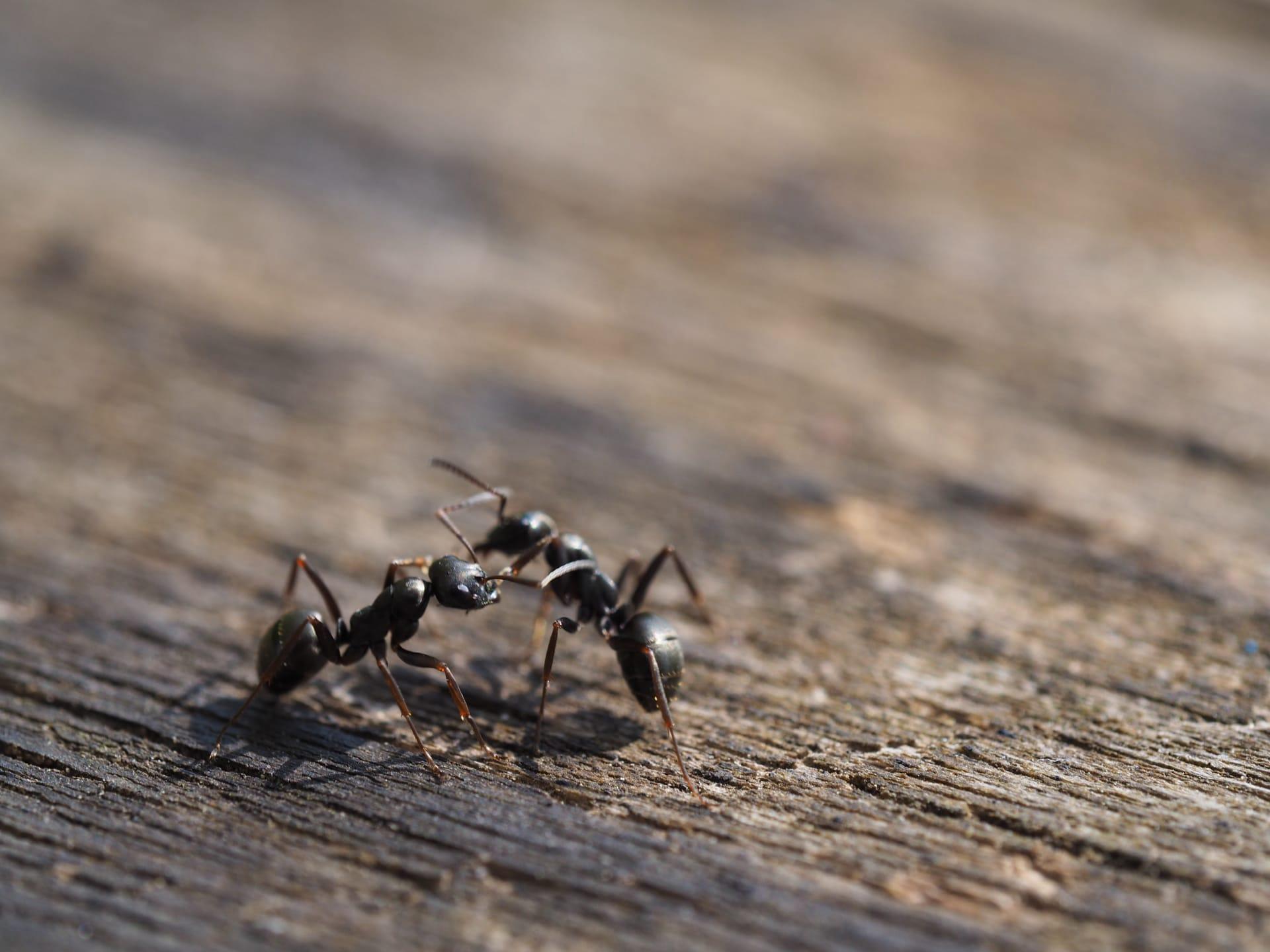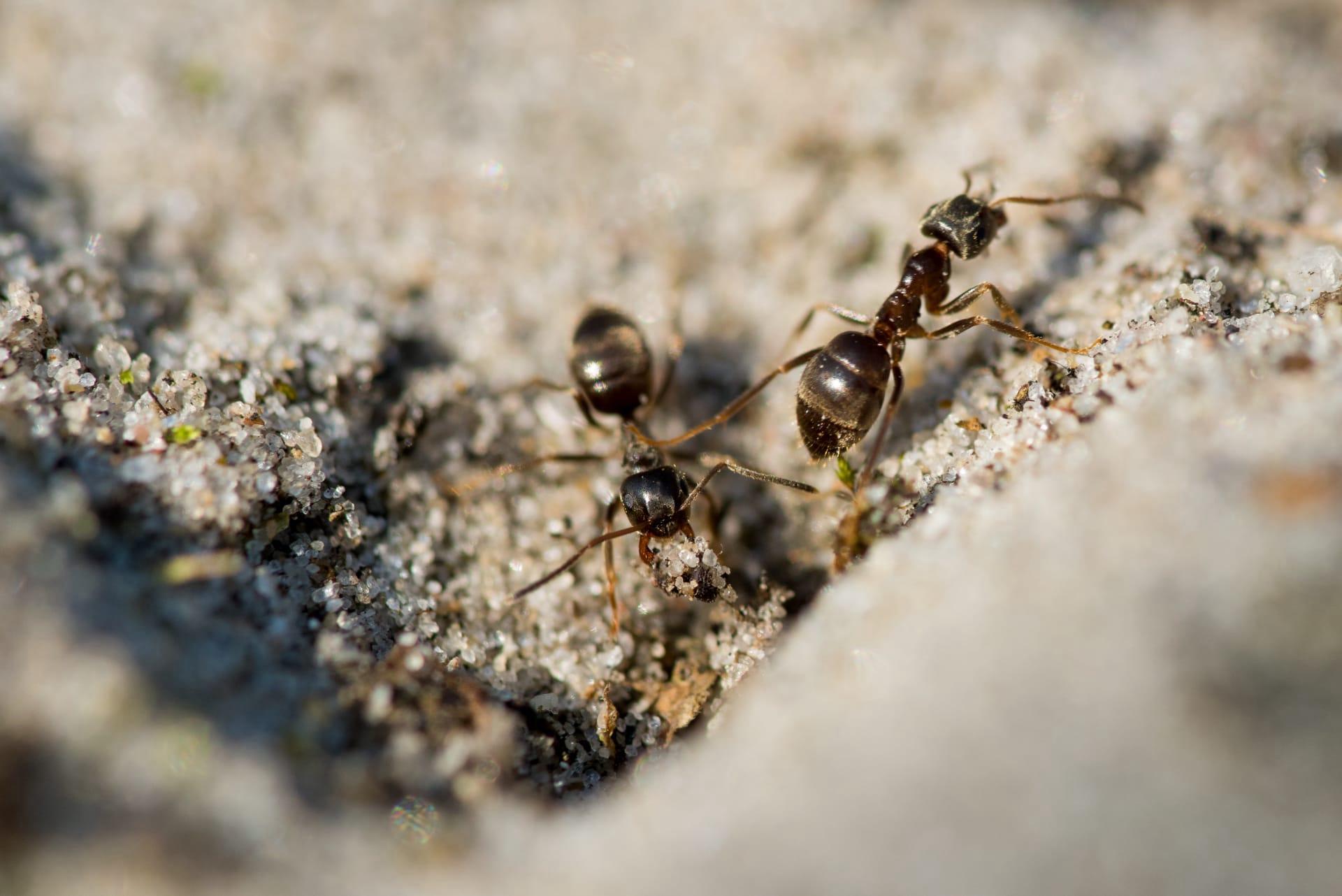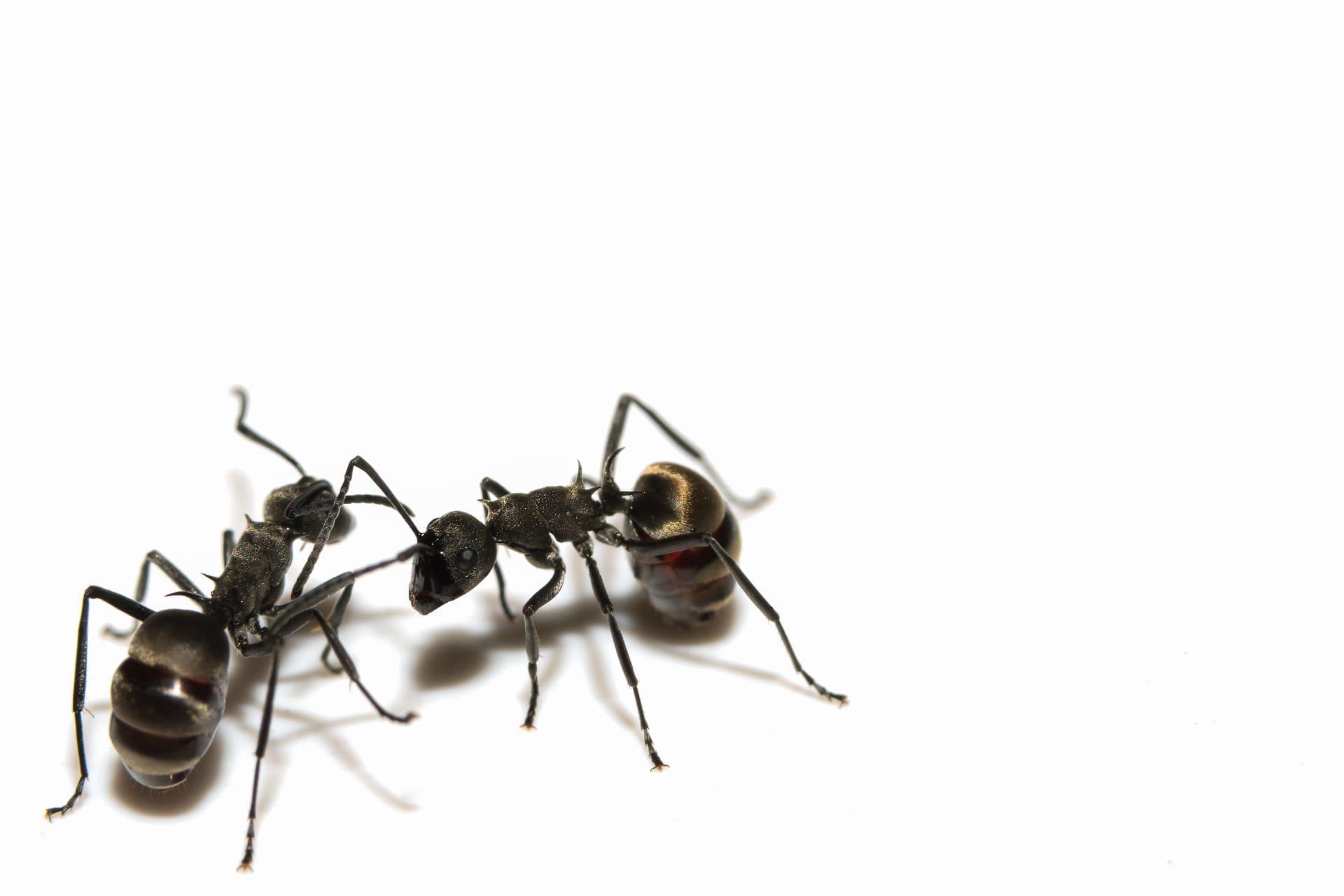Black Ants
- Home /
- Mini Encyclopedia /
- Animal /
- Black Ants
1
Black ants, known scientifically as 'Lasius niger,' are a species belonging to the Formicidae family, under the order Hymenoptera, which also includes bees and wasps. This species is characterized by their dark coloration, which ranges from deep brown to black, and workers typically measure about 3 to 5 millimeters in length. The black ant's body is divided into three distinct sections: the head, thorax, and abdomen, each with specific functions. Their antennae are elbowed, a common trait among ants, aiding in navigation and communication.
Black ants are widely distributed across the globe, predominantly found in temperate regions. They are especially prevalent in Europe, North America, and parts of Asia. These ants favor habitats that provide moisture and warmth, often establishing colonies in grassy areas, under stones, or within cracks in pavements. Their nests can be identified by small mounds of earth around the entrance. In urban settings, black ants can sometimes be found indoors, searching for food or shelter.

2
Question: Do black ants bite humans and are their bites dangerous?
Answer: While black ants can bite, their bites are generally not harmful to humans. They possess mandibles strong enough to pierce skin, but their bites typically result in minor discomfort or a slight itching sensation. Unlike some other ant species, black ants do not have a stinger and do not inject venom. Therefore, their bites are not dangerous, unless an individual has an allergic reaction, which is rare. Most encounters with black ants are harmless, with these insects being more of a nuisance when they invade homes in search of food.

3
Black ants employ several survival strategies that ensure the prosperity of their colony. One key strategy is their complex social structure, which is divided into distinct roles: the queen, workers, and males. The queen's primary role is reproduction, laying thousands of eggs to ensure colony growth. Worker ants, which are all female, perform various tasks including foraging for food, caring for the queen's offspring, and defending the nest. This division of labor allows for efficient colony operation and resource management.
Another survival strategy is their method of foraging for food, which is both effective and efficient. Black ants are known for their ability to form long foraging trails guided by pheromones, chemical signals that are left by scout ants. These trails lead other ants to food sources. This method of collective foraging ensures that the colony efficiently utilizes available food resources, thereby supporting the colony's growth and survival.

4
In the ecosystem, black ants play several important roles, particularly in soil aeration and nutrient cycling. As they build and maintain their nests, they turn over large amounts of soil, which helps aerate it, providing better conditions for plant growth. Their tunneling also improves soil drainage and nutrient distribution, positively impacting plant health.
Additionally, black ants contribute to the control of pest populations. They feed on a variety of organic materials, including other insects. By preying on common pests such as aphids and caterpillars, they help regulate these populations, indirectly supporting agricultural health and balance in the ecosystem. Furthermore, as scavengers, they help in the decomposition process, breaking down organic matter and returning nutrients to the soil.

5
Film: "Empire of the Ants" is a notable documentary produced in the United Kingdom in 2006. This documentary delves into the complex and fascinating world of ants, including the black ant species. It showcases their social structures, survival tactics, and interactions within the ecosystem, providing viewers with an in-depth look at these often-overlooked insects.
Book: "The Lives of Ants" by Laurent Keller and Elisabeth Gordon, published in France in 2009, offers a comprehensive overview of ant species, including black ants. The book discusses their biology, social behaviors, and the ecological significance of ants, providing insights into their complex societies and survival strategies.
Book: "Journey to the Ants" by Bert Hölldobler and Edward O. Wilson, published in the United States in 1994, is a seminal work that explores the world of ants. It includes detailed information about black ants, highlighting their communication methods, colony structure, and role in the environment. This book is praised for making ant research accessible to a wider audience, combining scientific rigor with engaging storytelling.